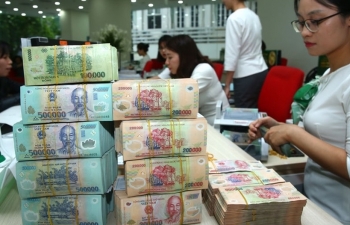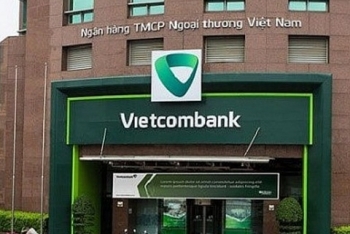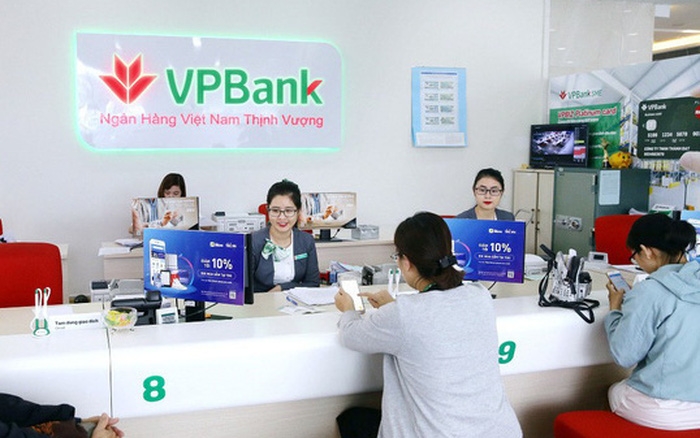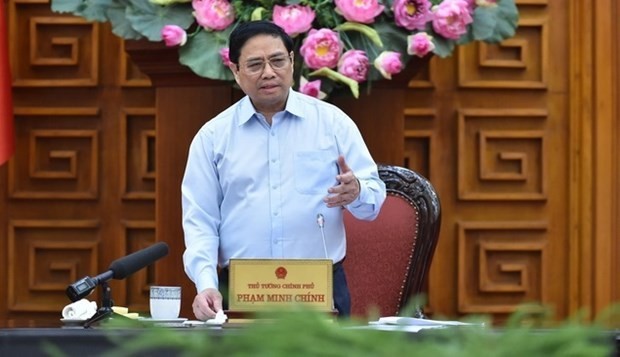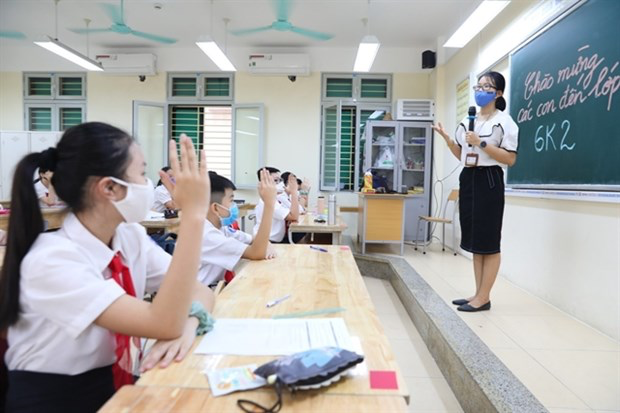Vietnamese banks own assets valued US$ 522 billion
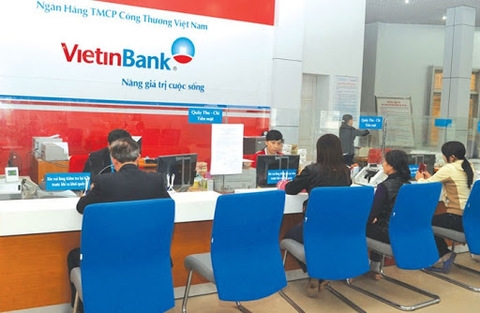 |
| Assets of four large State-owned banks, including VietinBank, accounted for 41.76 per cent of the banking system's total assets. (Photo: Financial Times) |
The latest report released last week by the State Bank of Viet Nam (SBV) showed assets of four large State-owned banks, including Agribank, Vietcombank, VietinBank and BIDV, accounted for 41.76 per cent of the total assets.
The report also showed total charter capital of the institutions by the end of Q1 2020 increased by 0.85 per cent against the end of 2019 to VND617.5 trillion (US$ 26 billion), of which VND145.1 trillion (US$ 6.2 billion) were from the four State-owned banks.
Equity capital of credit institutions and foreign banks’ branches in Viet Nam reached VND937.9 trillion (US$ 40 billion).
In particular, BIDV continues to hold the "champion" position in terms of asset value with over 1.4 million billion dong (US$ 60 billion), down 2.9% from the beginning of the year. Followed by VietinBank (over 1.2 million billion dong -US$ 51 billion), Vietcombank (1.1 million billion dong -US$ 47 billion), respectively down 1.5% and 6.4%.
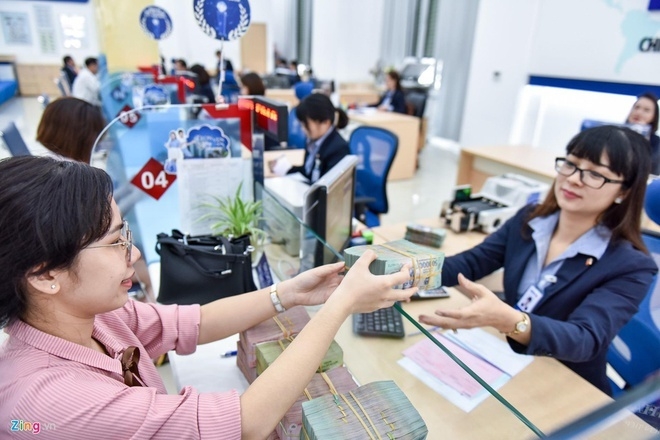 |
| BIDV continues to hold the "champion" position (Photo: Vietnamnet) |
In addition to the three banks in the Big4 group, the top 10 banks with the largest assets also have the presence of other joint stock commercial banks such as SCB, Sacombank, MBBank, Techcombank, VPBank, ACB, SHB.
In the group of joint stock commercial banks, SCB continues to be the bank with the largest total assets with VND 581,201 billion (US$ 25 billion), up 2.3% compared to the beginning of the year.
Second is Sacombank with losses total assets 459,076 billion (US$ 20 billion), up 1.2%. Next are banks like MB, Techcombank, VPBank, ACB and SHB with total assets of over VND 360,000 billion (US$ 15 billion).
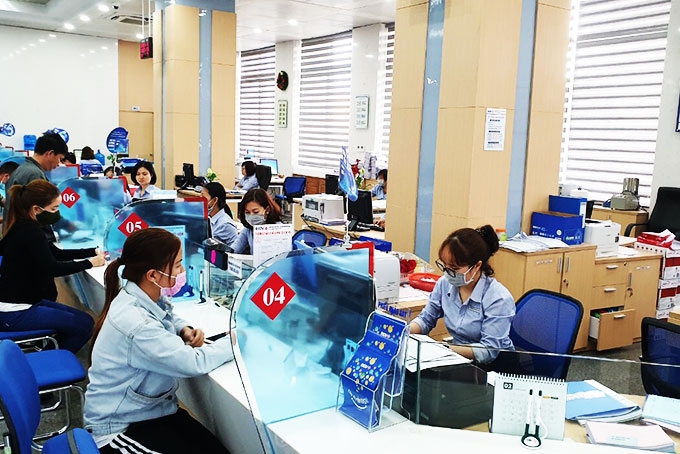 |
| The bottom of the table belongs to Saigonbank (Photo: Khanh Hoa News) |
The bottom of the table belongs to Saigonbank when recording total assets decreased by 11% in the first quarter to VND 20,308 billion (US$ 870,000). Besides, PG Bank and Ban Viet Bank stood near the bottom of the table with total assets of VND 31,374 billion (US$ 1.3 billion) and VND 52,471 billion (US$ 2.2 billion) respectively.
Of the 28 surveyed banks, 17 banks recorded an increase in assets and 11 banks recorded a decrease in assets, according to Vietnam Biz.
TPBank is the bank with the highest total asset growth (up 7.4%), also the only bank with a growth rate of over 5%. This bank asset increased sharply mainly because customer loans increased by 5.1% in the first 3 months, a high growth rate in banks.
However, experts were concerned that surging overdue loans from the COVID-19 pandemic-induced economic fallout could threaten Vietnamese banks' capital accretion momentum, with many banks likely to face capital shortfalls should the weak economic conditions persist.
It was estimated that Vietnamese banks may face a capital shortfall of up to $2.5 billion (27 per cent of their combined end-2019 equity) in meeting the SBV's Basel II minimum total capital adequacy ratio requirement of 8 per cent. Of which, the State-owned banks would face the largest gap.
The SBV also reported 76 credit institutions, including two State-owned banks, 20 commercial joint stock banks, two joint-venture banks, nine wholly foreign-owned banks and 43 foreign banks’ branches, have so far met the Basel II capital adequacy ratio, according to VNS.
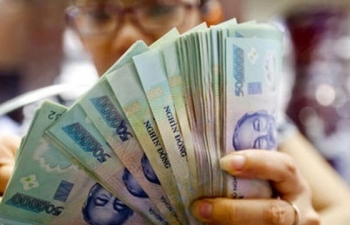 | New policy in Vietnam: fee for bank and credit organization's establishment reduced by 50% On May 5, 2020, the Ministry of Finance issued Circular No. 33/2020/TT-BTC stipulating the rates of collection and payment of fees for the establishment and ... |
 | New policy: Cash can be withdrawn freely via payment accounts The Governor of the State Bank of Viet Nam (SBV) issued Circular No. 27/2019/TT-NHNN stipulating the fees for withdrawing cash via payment accounts at the ... |
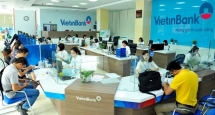 | Vietnamese banks provide support aids to businesses According to the State Bank of Vietnam (SBV)’s deputy governor Dao Minh Tu, the banking industry should support businesses amid the complex development of COVID-19. ... |

